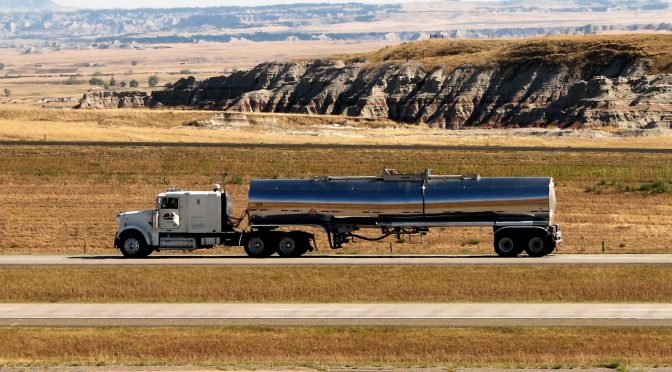![[Case Study] Secrets to improve driver performance in the trucking industry](https://www.loginextsolutions.com/blog/wp-content/uploads/2022/09/case-study-to-improve-driver-performance-in-the-trucking-industry-672x372.png)
[Case Study] Secrets to improve driver performance in the trucking industry As the number of deliveries has risen globally, companies have to ensure they efficiently utilize their fleet. The freight trucking industry has seen a growth of 3.8% in 2022 and seems to recover after a two-year slump. There were approximately 3.5 million truck […]

At the pace of current development, machine learning enabled delivery route optimization is the key to sustaining your brand to be consistently relevant for the upcoming future. To ensure that five years down the line you down get sidelined, get the right tech now.

The top challenges, especially for CPG companies, are lack of proper delivery movement visibility, lack of control of actual on-ground logistics, delayed reaction time if anything goes wrong on-ground, over or under-utilized truck capacities, inaccurate estimated time of arrivals (ETAs), etc. LogiNext can help overcome all these and more.

The client was one of the largest online home goods retailer in North America with more than 60 million active online users, 10 million hosted products, and 20,000 suppliers. LogiNext optimized their entire logistics movement with optimized carrier handling and high customer (delivery) experience.

Static planning is a function of yesteryear. Wake up to new-age dynamic route planning for your field agent management. Most of Fortune 500 companies are maximizing the value of their active field agents using intelligent planning and optimization. It’s the most appropriate tool at the hand of managers to reduce costs and improve efficiency.

There is a way to bridge this gap, between the expectation and outcomes. And it is ‘tech-backed optimization’. Cloud-based optimization of resources, routes, and deliveries is the best way to ensure that your company not just matches industry benchmarks, but also breaks and resets them continually.

The Phase 2 (Mandatory Implementation) of ELDs began on the 18th of Dec 2017. US Department of Transport is mandating that drivers be on duty for a fixed set of hours (60 hours in 7 days, or 70 hours in 8 days; based on the breaks taken in between). There are multiple constraints was total hours of driving.

Case Study: How to Increase Sales Effectiveness by 25% in FMCG This is a story about effective field agent performance optimization and its resultant benefits. According to one of our major clients in the fast-moving consumer goods (FMCG) sector, field sales effectiveness was something that they wanted to increase as soon as possible. […]

One of the largest Consumer Packaged Goods (CPG) companies in the world increased the on-time deliveries by more than 60% while decreasing their resource cost by 18% and increasing their utilization by 30%. This increased the overall value (return on investment) of each resource to an amazing 58.5%. How did they do this?

The courier and logistics market in India poses some interesting questions, especially if one is trying to find answers to these questions by means of technology. Leading the upscaling of a fast-growing logistics and field workforce optimization company, I got an excellent opportunity to solve the problems posed by this industry from a technology standpoint, some of them were as follows.

